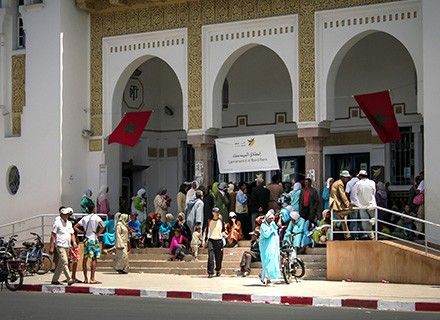According to new research by Moody’s Investors Service, Islamic banking assets in Africa will likely rise significantly over the next decade, given the continent’s substantial Muslim population.
Mik Kabeya, Vice President and Senior Analyst at Moody’s, said, “The sector has enormous development potential, given Africa’s big Muslim population and low starting point.”
Africa’s Muslim population is approximately 530 million, or roughly 40 % of the continent’s total population. In North Africa, the Muslim population exceeds 90%, a proportion comparable to that of the Gulf states and considerably higher than that of Malaysia, which has a population of approximately 60%.
The unbanked inhabitants of Africa, especially those who opt out of the traditional system owing to religious convictions, provide an untapped source of future deposits and investments.
However, persistent obstacles will limit the growth of Islamic banking during the next 12 to 18 months.
Increasing rivalry among conventional banks in Africa creates a challenging climate for the growth of the Islamic banking sector.
In addition, the continent’s legal, regulatory, and tax regimes for the Islamic financial industry are still in their infancy.
“Legal frameworks for the sector are necessary for the establishment of both fully-fledged Islamic lenders and windows,” said Kabeya.
As of December 2021, Islamic banking assets in Africa were barely 2% worldwide and less than 10% of total domestic banking assets in most African nations.
It is the case despite sub-Saharan Africa having approximately 15% of the world’s Muslim population.
The outliers include Sudan, whose financial system is entirely Shariah-compliant, and Djibouti, where around 25% of banking sector assets are Islamic banking assets, according to the report.

